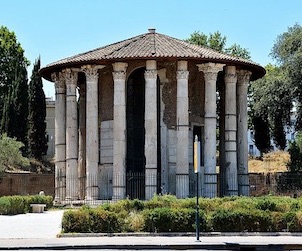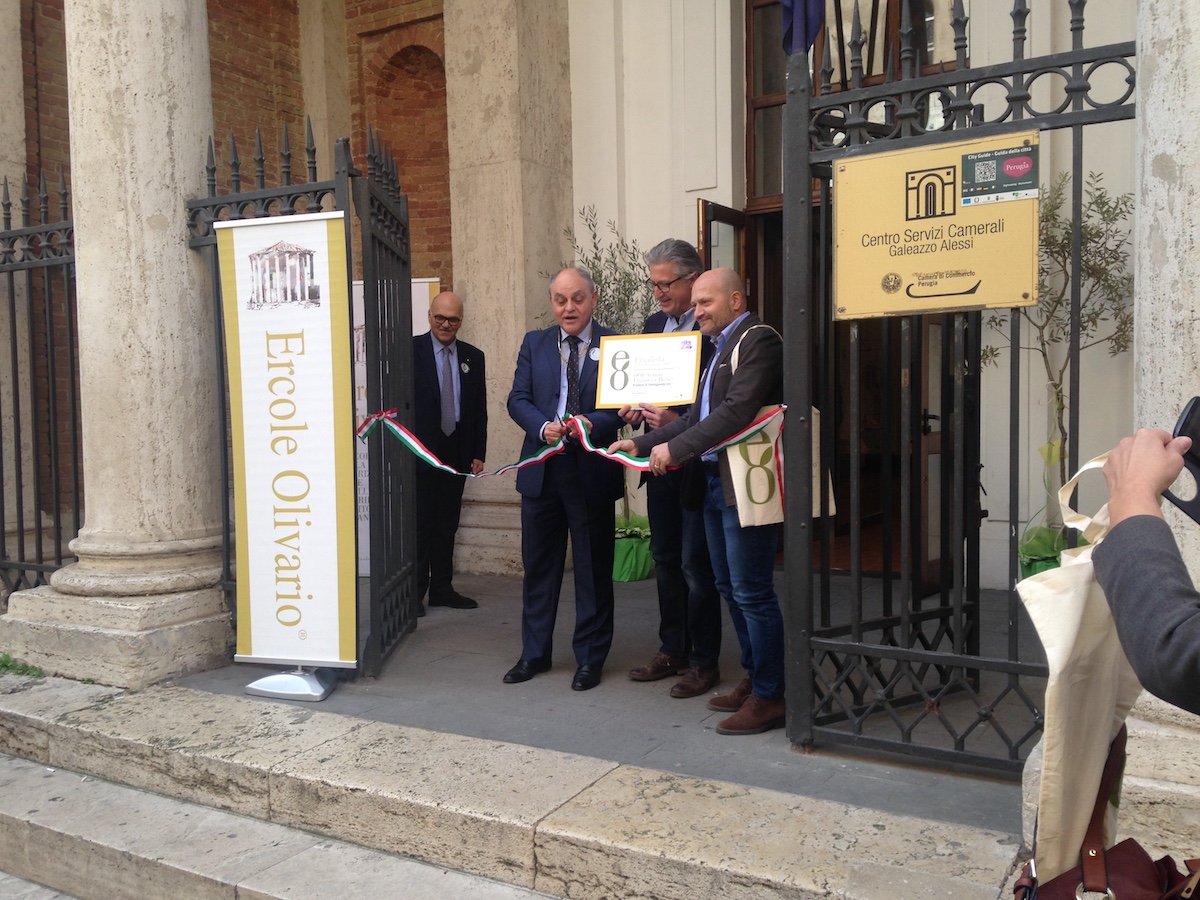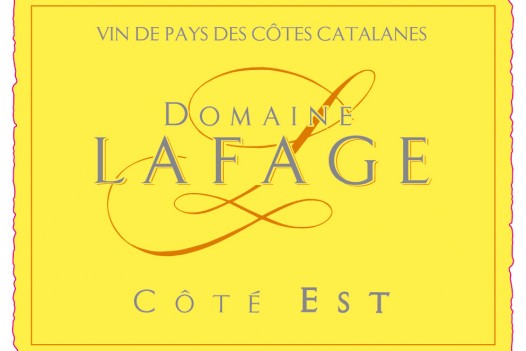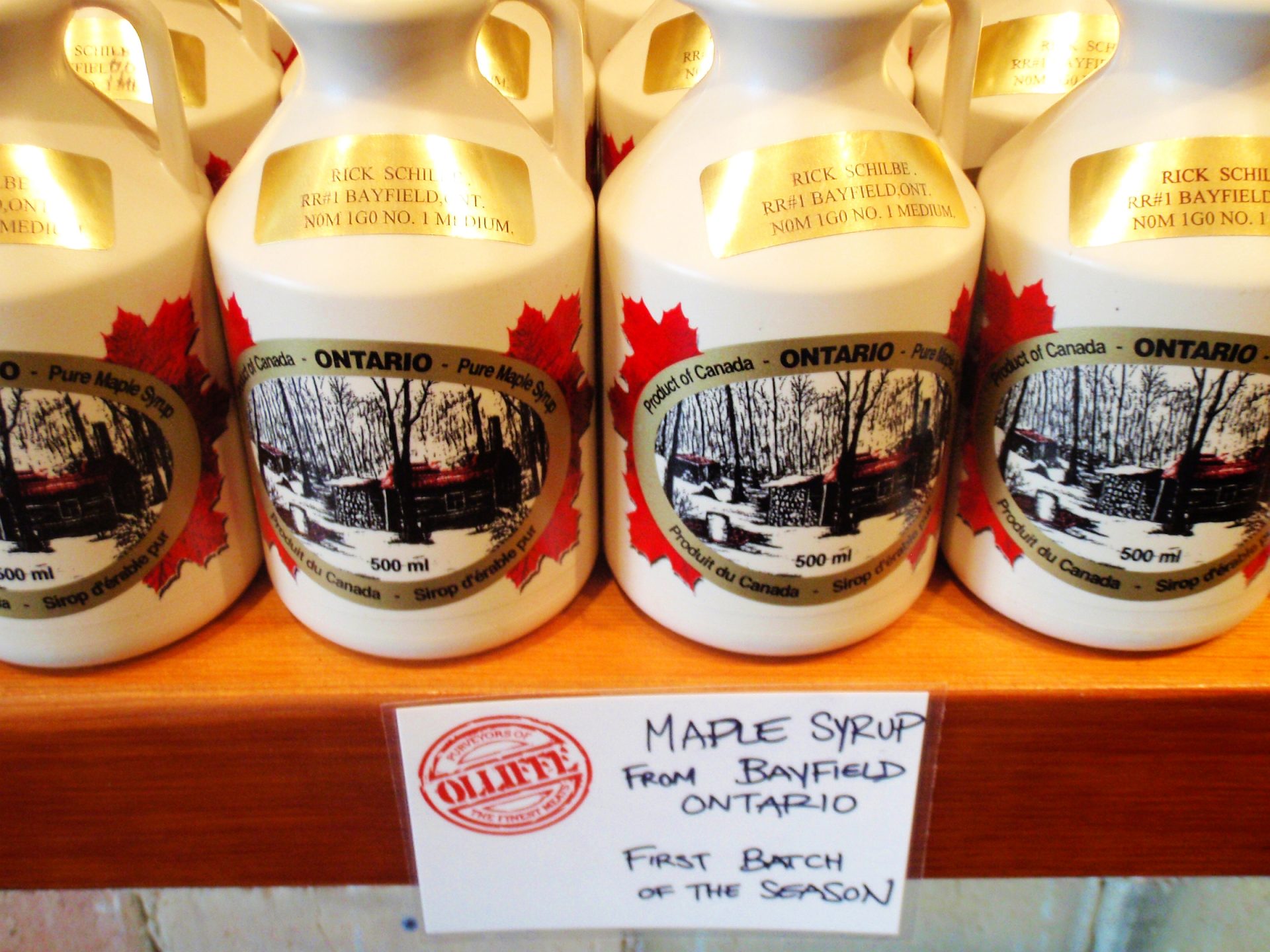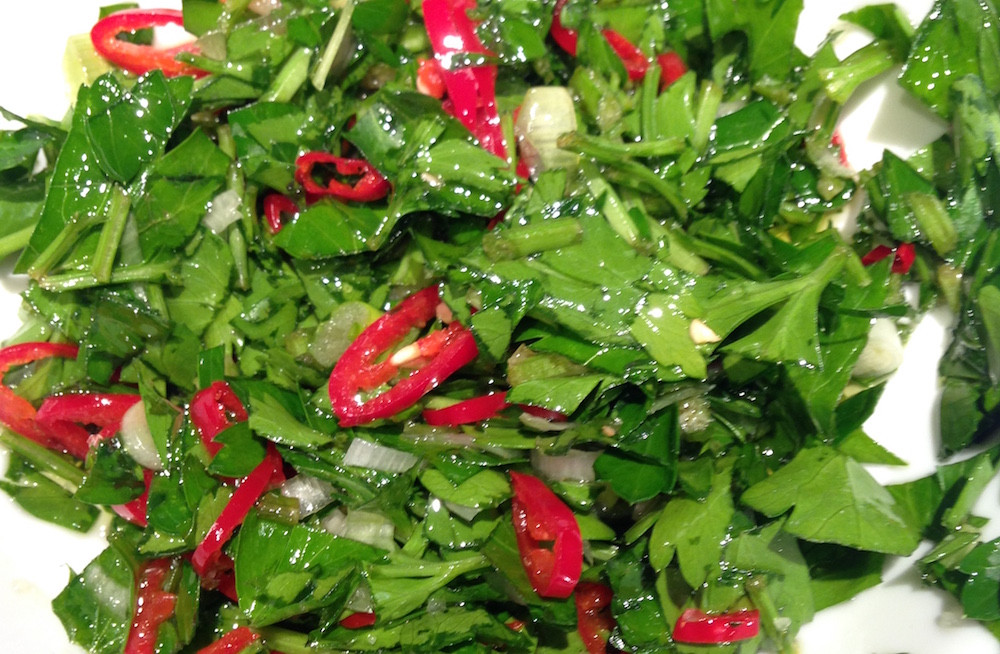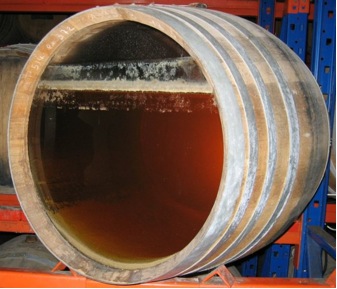Malcolm Jolley on the Hercules of the olive oil makers.
The ceremony for Ercole Olivario 2017 was held the in the 15th century guild hall (Palazzo dei Priori) in the centre square of Perugia on April 1. Ercole Olivario is sort of like the Academy Awards of Italian olive oil. Last week, in this post, I explained how the finalists for the awards are chosen and judged. This post is about the ceremony itself, where the 16 winners and runners-up are announced for the first time, in real time. It’s a big deal with functionairies, TV cameras and very nervous olive oil producers. It’s quite exciting. It’s also (of course) entirely in Italian so my report on the two hour event is somewhat impressionistic and I have to be careful about describing what I saw.
What I did see were some very happy people, usually in the form of a husband and wife, sometimes with kids, or a father and son. High end olive farming in Italy is a family affair and the winners were introduced as ‘producers’ not executives. A list of all winners, which includes their various and diverse home regions can be found here. The list is also in Italian, but if you link to it you will see that there are two broad categories of competiion: Extra-Virgin and DOP. The latter category being tied to the oils’ ‘sense of place’ and how it embodies its reflection of the flavours of the region in which its made. The oil in these two categories are then judged in the sub-categories of ‘Light’, ‘Medium’ and ‘Intense’. Apart from the 12 winning oils judged on their taste, there were four special categories of winners honoured at the Ercole Olivario ceremony, as well. These included, using my impressionistic translations, an award for the best new or young producers, the best packaging, the best brand ambassador, and a special award for the best organic olive oil. After the ceremony everyone left the old hall to another ancient building across the town square for lunch to congratulate the winners.
There are a number of lessons or insights to be drawn from Ercole Olivario. The obvious one is that Italy makes very good olive oil, but if you read Good Food Revolution, then you probably already know that. What might be more interesting to think about is why Italy makes particularly good olive oil. One reason is the extent that Italy has embraced the European DOP, or Denominazione di Origine Protetta system that Ercole Olivario specifically rewards. The Italians have been among the most aggressive classifiers of their agricultural products, partly because export to countries like Canada, the United States and the northern nations of Europe is big business: think oil, cheese and wine. Perhaps its simply a manifestation of Italians’ fierce regional pride, but there seems to be an innate understanding that these products will only compete in the world, or domestically, on the basis of quality. Ercole Olivario is a way to communicate that commitment of quality both internally and externally, while at the same it’s an expression of it. As a consumer this is highly reassuring, and I am quite sure that I was invited to Ercole Olivario by the Italian Trade Agency here in Canada to communicate that back. (While Canada is not the biggest export market for Italian agricultural and food products, we’re an intense one and consume almost twice as much of them than, for instance, the U.S.A.) As someone who is interested in artisan and high quality food production at home, as I presume are most readers of GFR, Ercole Olivario is particularly interesting because of the culture of food production and consumption that it reflects. There are lots of food competitions in North America, but they’re not taken as seriously as Ercole Olivario with its intense criteria for judging (which I describe here) and its situation in a culture that take olive oil very seriously (which I describe here).

